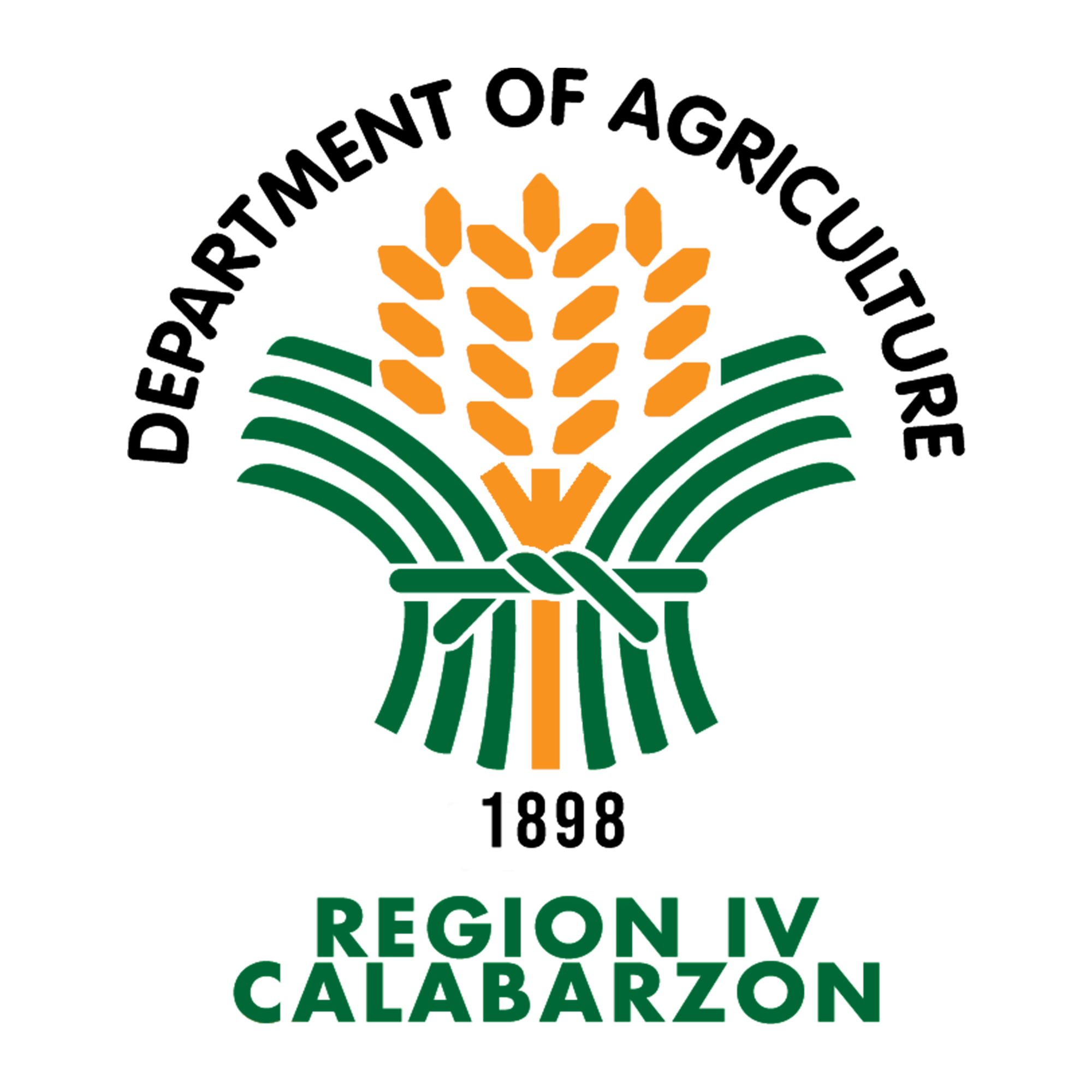Written by Amylyn Rey-Castro
Photos, Taken by Jasp Daquigan
“We need to have this assessment for the rice program to determine the progress and efficiency of its programs and activities implemented in 2017; and find out whether the results of its disbursement are focused on achieving its deliverables and outputs. Results from this assessment can provide us insights on what steps to do next as well as help the management in aligning its plans and activities for the next implementation.”
This is the main purpose of the 2017 Regional Rice Program Year-End Assessment and 2018 – 2019 Planning Workshop that was conducted by the Rice Program of the Department of Agriculture (DA) Region IV CALABARZON, together with other concerned divisions of the office and its counterparts at the local government units (LGUs), held on February 7 – 9, 2018 at Tanza Oasis Hotel and Resort, Tanza, Cavite.
As the facilitator of the three-day activity, Regional Rice Program Coordinator Engr. Enrique H. Layola, underscored that the unified assessment and planning workshop hopes to have a common understanding between and among program implementers, and that vital information and updates are necessary to carry out the goals and objectives of the banner program.
Likewise, Regional Executive Director Arnel V. de Mesa graced the activity and emphasized that the Department with the leadership of Secretary Emmanuel “Manny” F. Piñol is continuously doing programs and activities that will truly help the farmers, for instance making ways in selling directly to consumers their rice produce. He also assured that the Regional Office will procure more hybrid rice seeds for the farmers to use and announced that President Rodrigo Duterte already signed into law the Republic Act No. 10969 or the Free Irrigation Service Act.
Different topics were presented followed by discussions where Assistant Regional Director for Operations and Extension Milo D. delos Reyes and Field Operations Division Officer-In-Charge (OIC) Dennis R. Arpia drew comments and suggestions. These are the following: a) Seed Component – Updates on Seeds Availability and Certification, and Accomplishment Report on Seed Component Program; b) Research and Development Component – Rice Crop Manager (RCM), Philippine Rice Information System (PRISM), and Community-Based Mushroom Production Project and Soil Analysis for Rice; c) Extension Component – Updates on RCM, Pest Monitoring, Upland Rice Development Program and RiceBis, and Extension and Training Activities; d) Rice Machinery and Irrigation Component – 2017 – 2019 Updates on Rice Machinery and Irrigation, National Irrigation Administration (NIA) Program Updates and Irrigation Commitment for 2018; and e) Philippine Statistics Authority’s (PSA) Presentation of the Production Performance of and Forecast for CALABARZON.
Secretary Piñol’s Philippine Rice Industry Road Map for Development for 2017 – 2022 was also discussed by Engr. Layola to the participants. “In the course of six years, we want to achieve five targets such as improved competitiveness, increased farm income, ensured access to safe and nutritious rice, enhanced resiliency to disasters, and ensured smooth transition of displaced rice farmers and farm workers due to trade liberalization and mechanization, respectively,” he said.
Participants were also engaged in workshops intended at building a unified understanding of vision, mission, and directions, and learned to use tools such as proposing projects to critically and strategically consider what decisions and actions they should make and formulate plans tailor-fit to the needs of the farmers in their areas.
Their outputs were submitted to Rice Program for evaluation and allocation of funds for 2018 – 2019.






 All content is in the public domain unless otherwise stated.
All content is in the public domain unless otherwise stated.